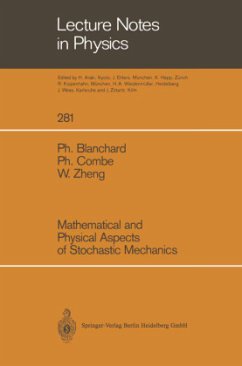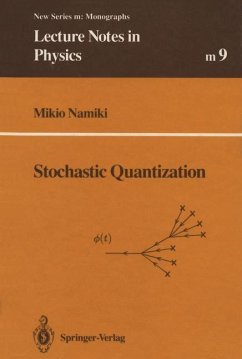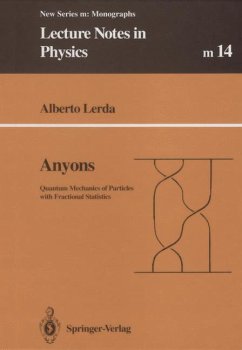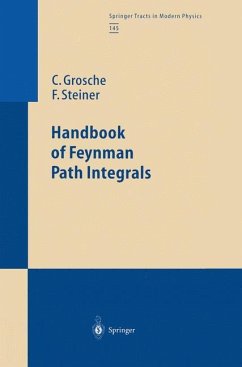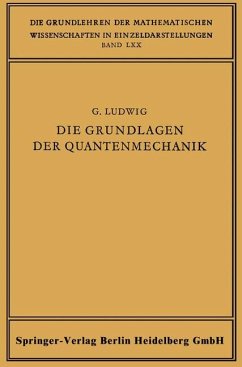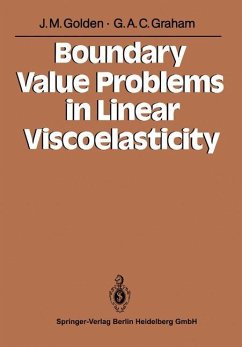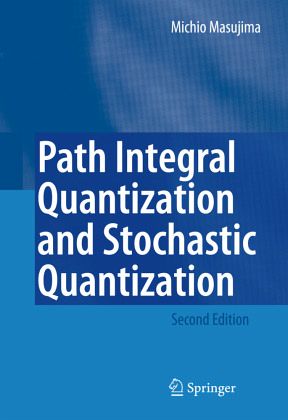
Path Integral Quantization and Stochastic Quantization

PAYBACK Punkte
19 °P sammeln!
In this book, we discuss the path integral quantization and the stochastic quantization of classical mechanics and classical field theory. Forthe description ofthe classical theory, we have two methods, one based on the Lagrangian formalism and the other based on the Hamiltonian formal ism. The Hamiltonian formalism is derived from the Lagrangian·formalism. In the standard formalism ofquantum mechanics, we usually make use ofthe Hamiltonian formalism. This fact originates from the following circumstance which dates back to the birth of quantum mechanics. The first formalism ofquantum mechanic...
In this book, we discuss the path integral quantization and the stochastic quantization of classical mechanics and classical field theory. Forthe description ofthe classical theory, we have two methods, one based on the Lagrangian formalism and the other based on the Hamiltonian formal ism. The Hamiltonian formalism is derived from the Lagrangian·formalism. In the standard formalism ofquantum mechanics, we usually make use ofthe Hamiltonian formalism. This fact originates from the following circumstance which dates back to the birth of quantum mechanics. The first formalism ofquantum mechanics is Schrodinger's wave mechan ics. In this approach, we regard the Hamilton-Jacobi equation of analytical mechanics as the Eikonal equation of "geometrical mechanics". Based on the optical analogy, we obtain the Schrodinger equation as a result ofthe inverse of the Eikonal approximation to the Hamilton-Jacobi equation, and thus we arrive at "wave mechanics". The second formalism ofquantum mechanics is Heisenberg's "matrix me chanics". In this approach, we arrive at the Heisenberg equation of motion from consideration of the consistency of the Ritz combination principle, the Bohr quantization condition and the Fourier analysis of a physical quantity. These two formalisms make up the Hamiltonian.formalism of quantum me chanics.





